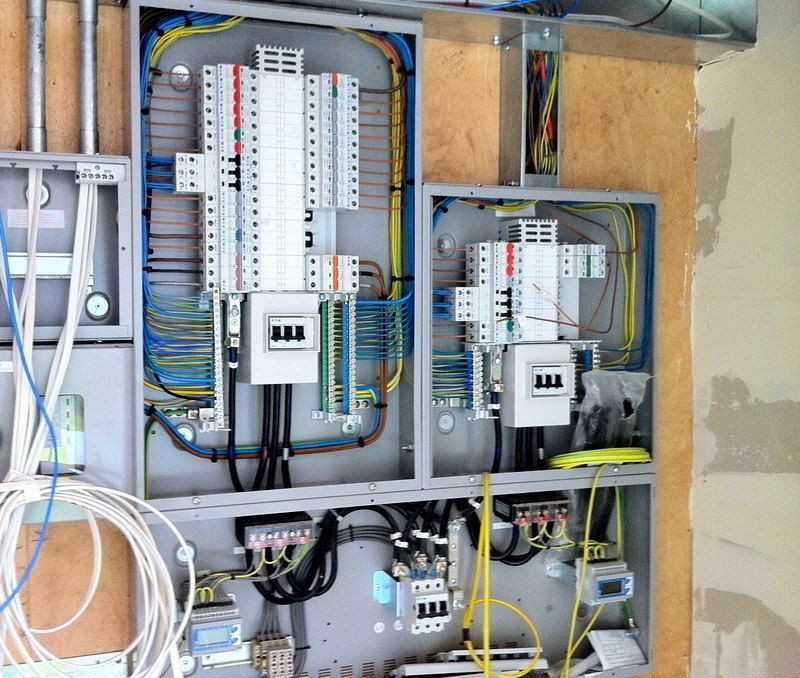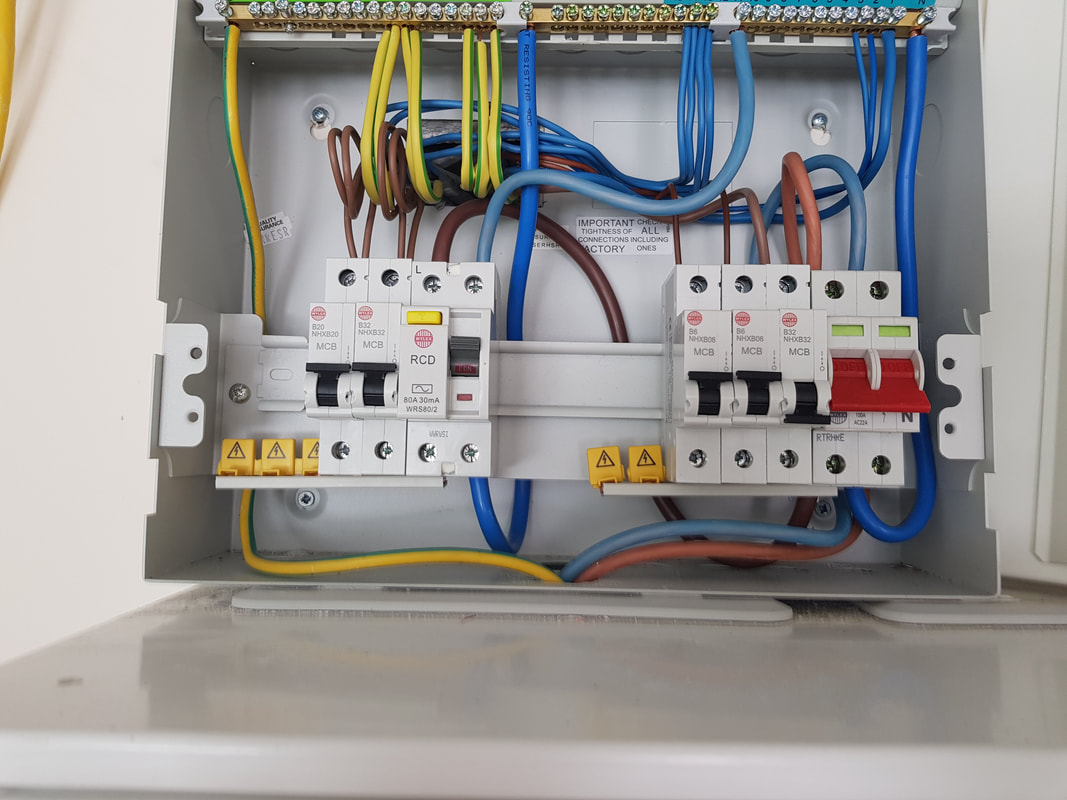Customized BRE Electrical Solutions for Homes and Services
Customized BRE Electrical Solutions for Homes and Services
Blog Article
Debunking Electrical Setup: Comprehending Codes and Rules for a Legal and Safe Setup
In the world of electrical installment, adherence to codes and regulations is paramount to make certain both legality and safety. The complexities bordering electrical job can be difficult, however familiarizing oneself with the recognized standards is crucial to browsing this area with confidence. By understanding the complexities of the National Electric Code and local building ordinance, people can guarantee that their installations satisfy called for security actions and remain in conformity with the law. Nevertheless, the journey to debunking electrical setup surpasses plain experience with regulations; it requires an extensive understanding of exactly how to execute secure electric practices effectively.
Value of Electric Codes
The adherence to electric codes is important in making certain the security and reliability of electric installations. Electrical codes function as a set of requirements and standards that dictate the appropriate layout, setup, and upkeep of electric systems. These codes are developed to minimize the threat of electric risks, fires, and various other safety issues that may occur from malfunctioning electrical work.

Moreover, electrical codes are regularly upgraded to include new innovations, finest practices, and precaution. Staying upgraded with these codes is crucial for professionals in the electric industry to guarantee that their work meets the current safety and security criteria. Ultimately, the importance of electric codes depends on creating a protected and efficient electric framework that profits both individuals and communities.
Key Laws for Safety And Security
A number of fundamental laws regulate the safety and security requirements in electrical installments. One crucial regulation is the National Electric Code (NEC), which offers standards for secure electrical layout, installation, and assessment to safeguard individuals and property from electric risks. The NEC covers elements such as wiring methods, grounding, overcurrent protection, and devices installation to guarantee a safe electrical system.
One more important regulation is the Occupational Safety And Security and Wellness Management (OSHA) requirements, which concentrate on the safety and security of workers Source associated with electrical setups (BRE Electrical). OSHA guidelines consist of demands for proper training, safety and security treatments, and individual protective equipment to avoid work environment crashes and injuries
Furthermore, the International Electrotechnical Compensation (IEC) requirements intend to harmonize electrical installation regulations on a global range. These criteria address issues like electrical tools safety, electromagnetic compatibility, and power effectiveness to promote uniformity and security in electric installations worldwide.
Conformity with these key policies is vital to make certain the safety and legitimacy of electrical setups, securing both individuals and building from the dangers linked with electricity.
Comprehending National Electric Code
Secret policies such as the National Electric Code (NEC) give crucial standards for safe electric style, installation, and evaluation to guarantee the security of individuals and home from electrical dangers. The NEC, also called NFPA 70, is a thorough set of criteria for electrical installations that are updated every three years. It is developed by the National Fire Defense Association (NFPA) and is commonly embraced throughout the USA.
The NEC covers numerous elements of electric job, including wiring techniques, grounding, overcurrent security, and tools installment. It Learn More aims to protect people and useful reference property by resolving potential risks associated with electrical systems. Conformity with the NEC is commonly applied by neighborhood authorities having jurisdiction (AHJs), such as constructing code authorities and examiners.
Recognizing the NEC is vital for electric professionals, designers, and assessors to ensure that installments satisfy the necessary safety needs. By adhering to the NEC guidelines, specialists can help prevent electric crashes and ensure the reliability of electrical systems in domestic, industrial, and industrial setups.

Compliance With Local Building Codes
Recognizing and adhering to local structure codes is vital for guaranteeing the security and conformity of electric setups within a specific territory (BRE Electrical). Neighborhood building codes differ from one community to one more, and they are established to guard the wellness of occupants and buildings. These codes outline particular requirements for electric setups, such as the kind of electrical wiring to be utilized, placement of outlets, grounding methods, and lots capacities. By abiding by neighborhood building ordinance, electrical experts can make certain that setups are done correctly and satisfy the essential safety standards.
When it comes to electrical installations, failing to comply with regional building codes can result in severe consequences. Non-compliant installations may pose safety risks, enhance the danger of electric fires, and lead to costly fines or legal concerns.
Making Sure Safe Electric Practices
Exercising stringent adherence to developed safety methods is important in the area of electrical setups to minimize prospective dangers and ensure the well-being of individuals and residential properties. Safety and security in electric work includes different elements, starting with the correct training of workers included in installment, upkeep, and repair work. By prioritizing safe techniques, electric installments can work efficiently while reducing the chance of crashes or damages.
Final Thought
Finally, adherence to electric codes and policies is vital for making certain the safety and security and validity of electric installations. Comprehending the National Electric Code and compliance with regional building regulations are essential for a safe configuration. By following these standards and exercising safe electric techniques, individuals can stop potential risks and make sure the proper performance of their electric systems.
Report this page